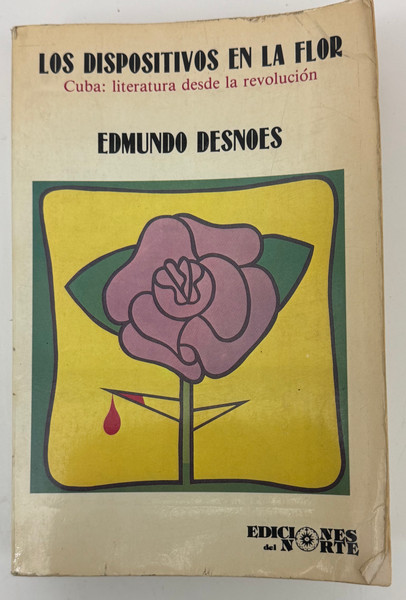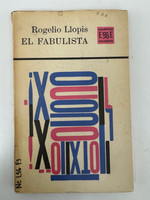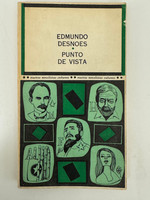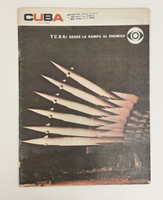- Travel
-
Exhibits
- La Portada Cubana
- Immortal Cuba: Artists Take on Their Heroes
- Seattle Poster Exhibit
- Sandra Dooley & Alejandrina Cué
- The Art of Wayacón
- Cuban Folk Art
- Cuba In Black And White
- 25 Years of Cuban Art Space
- Summer Folk Art Expo
- ¡SPRING AWAKENING FROM CUBA!
- Celebrating The Art Of Cuban Women
- Celebrating Paper, Affordable Art from Cuba
- Art of the Revolution
- Outsider Art
- Lost and Found
- En la lucha: Celebrating Cuban Women and Their Art
- Cuban Art Stash
- 100 Fires: 5 Cienfuegos Artists' Work on Paper
- Waya + Monte! Magic Realism in Cienfuegos
- Viva Cuba Viva! Poster Show
- Cultivando Sueños
- Black Lives Matter in Cuba Jan 9-March 27
- Leandro Soto: Crónicas visuales
- Cuban Canvas
-
Archive
- Global Reflection 2018: Spirit and Community
- Exhibit in the cloud: Contemporary Works on Paper
- MADE IN CUBA! MINNEAPOLIS EXHIBIT
- Cuban Posters and Photography from CCS collection
- AUTUMN SALE! Sept/Oct 2017
- SPRING ARTS AND CRAFT SALE
- Vuelo Directo/Non Stop: Alberto & Alejandro Lescay
- The Many Faces of Fidel
- Somos
- Made in Cuba!
- The US empire in Cuban graphics
- Made in Cuba/Seattle exhibit
- Entre Nos
- Looking Back
- Cuban Art Space
- Membership/Donate
- About Us
- Cuba News
-
"Los dispositivos en la flor" (The Devices in the Flower) is a landmark anthology of Cuban revolutionary literature compiled, edited, and introduced by Edmundo Desnoes, with contributions by Willi Luis. Published by Ediciones del Norte in Hanover, New Hampshire, in 1981, this first edition represents a crucial document of Cuban literature in exile, bringing together the most important literary voices of twenty years of revolutionary transformation.
The anthology is more than just the first major collection of Cuban revolutionary literature—it presents an intense vision of twenty years that changed the history of Latin America. The selected texts constitute the literary sum of the individual and collective transformation of the Cuban people. All the creators and participants are represented here: Fidel Castro, Ernesto Che Guevara, Haydée Santamaría, Alejo Carpentier, José Lezama Lima, Nicolás Guillén, Cintio Vitier, Guillermo Cabrera Infante, Severo Sarduy, Calvert Casey, Humberto Arenal, Antonio Benítez, Heberto Padilla, Miguel Barnet, Norberto Fuentes, Jesús Díaz, Luis Rogelio Nogueras, Manuel Pereira, Silvio Rodríguez, Pablo Milanés, Nancy Morejón, and other revealing voices. The most astonishing narrative becomes reality and the most quotidian reality becomes nightmare or paradise.
Edmundo Desnoes, critic and narrator (author of "Memorias del subdesarrollo" - Memories of Underdevelopment), guides readers through the reefs and paradoxes of new Cuban culture. "Los dispositivos en la flor": twenty years that have forever altered Cuban sensibility. The epigraph from Cintio Vitier's poem "Torre de marfil" (Ivory Tower) concludes: "But there's no need to worry, for it will be the last. / The devices are situated in the center of the flower."
The cover features the same iconic design as Casa de las Américas' 1967 "Canción Protesta" album—a stylized pink/mauve rose with green leaves and a single drop of blood falling from the stem, set against a yellow background within a green wavy frame. This visual continuity connects the anthology to the broader tradition of Cuban revolutionary cultural production and the protest song movement, while the book's publication in the United States signals the diaspora's role in preserving and disseminating Cuban revolutionary literature during the 1980s.
Would you like any adjustments?
-
-
Discover More at the Center for Cuban Studies







